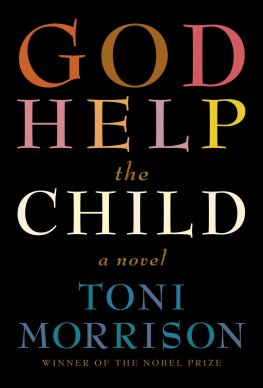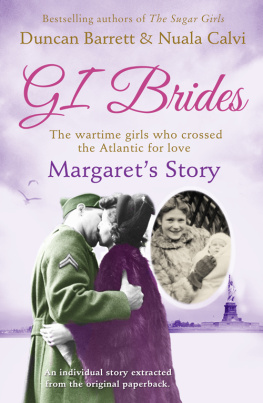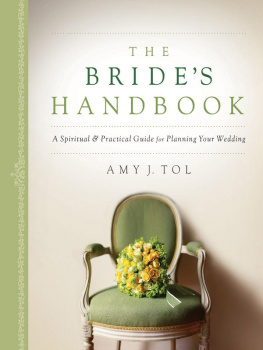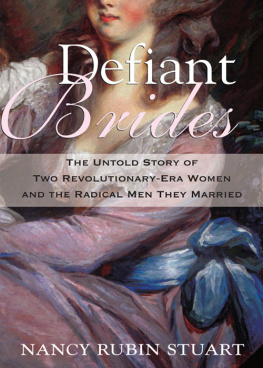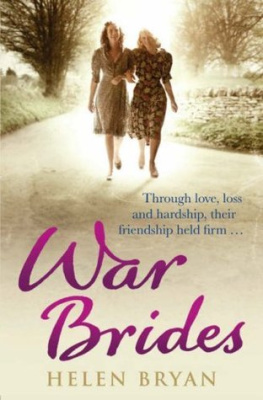CHAPTER I
STORIES ABOUT CHILD BRIDES
To all the courageous little girls who started
the protest against child marriage,
and all the others who, although forced to marry,
are fighting for a better fate for their own children
From dolls to husbands
These are true stories.
They took place in countries where it is customary to oblige young girls to go from playing with dolls to being controlled by a husband, who is often elderly, a stranger, someone chosen by their family.
The Tortured Child Bride
A Symbol of Human Rights
Sahar Guls story is emblematic and a testimony to unacceptable cruelty.
The image of the little girl who her torturers forced into prostitution is a picture of suffering: her swollen eyes, the bruised skin on her face, a burnt ear, her hands - without nails because the vile criminals pulled them off - are covered in dark scabs and wounds.
Everyone whos seen the photograph of the small victim has felt a surge of revulsion and rebellion. Civil society, the press, social networks, associations, have all made their strong disagreement and condemnation of the childs persecutor heard.
Sahar Gul refused to be a prostitute and she was massacred
The reason for all this fury was because the little girl refused to be a prostitute. As a little slave, forced into early marriage, she quickly realized there were no limits to the cruelty of her tyrant husband, the soldier Gulam Sakhi. The adult man who, in addition to having violated her innocence, felt he could make money out of her emaciated body, by selling her to his sickening peers.
He claimed powers of life or death over the child and helped by relatives - as cruel and greedy as himself - he made Sahar endure paid sexual encounters, with men of all ages, to make money and profit ruthlessly.
Sahars and Gulams is one of the many -too many- forced marriages, which when described truthfully, are nothing more than the actions of paedophiles against innocent little girls.
Right from the start, the intentions of the soldiers entire family unit were to earn money by offering his little wife to sate the appetites of perverts, ignoring the little girls protests, her pain, her immense disgust.
An impossible life, then her escape and salvation
What happens in a house where adults hold a minor prisoner? And how does a twelve-year-old girl, caught in the trap, feel?
At first Sahar didnt realise the irreversibility of her state. They told her that getting married was a duty, a natural event, the only way to exist with dignity, with the man of the house responsible for the entire household. They told her this is what women have to do: get married, obey their husband and have children. They forced her to accept marriage, especially her parents, her mother. How she would have loved to have a sympathetic mother, one she could turn to for help in understanding what was happening to her, how all the other men who claimed her body fitted into the picture: old men, young men, strangers for whom she felt repulsion, who as they got closer to her made her heart seem about to burst from beating so fast, or just stop out of fear.
She hated them. And she hated her husband. She detested all the adults who portrayed marriage as a happy event to her. She found no confirmation of all their promises. She had thought, that although she was being forced to marry, she would find affection, loving gestures, comforting words, nice manners. But there was none of any of this. She was trapped and her husband was a tormentor; neither husband, nor friend, nor relation. A brute. Her mother-in-law and all the rest of the family were even worse than him. And Sahar was only a child.
Sahar didnt know who to turn to among the people who came and went in her home.
She showed signs of distress when she heard her relatives unbelievable words as they insisted - every time a stranger crossed the threshold - in persuading her to whore. She refused, she screamed, she cried; but her husband and in-laws quickly went from words to more forceful methods: they used threats and any other means of coercion to break down the childs resistance.
It was impossible for Sahar to live with the fear, the sleepless nights, the dread of being insulted and offended every day. The awareness that there would never be either freedom or a future in her life, drove her to react.
One day she ran away and asked the neighbours for help: "They force me to have sex with other men! - she said - If youre Muslims you have to help me and tell the police what they're doing to me."
The neighbours immediately reported what was happening. The police intervened and summoned Gulam Sakhi who, saying he was sorry, promised to end the torture against Sahar. He asked the little girl to return home.
Unfortunately, the police - after giving Gulam a warning - sent Sahar back home, pretending they believed in the mans remorse and his words of repentance.
However, when dealing with an ogre, you have to take into account that it is unforgivably foolish to leave a child in his hands. In no story, be it true or a fairy tale, are ogres transformed into lambs by a simple recommendation from the authorities.
After returning home the nightmare just got worse for Sahar
In the little house, a cramped space in the district of Pol-e Khomri in Baghlan province, the worst period began, one of torture for Sahar who, beaten, chained up and left without food, was shut up in a basement. Wounded, insulted, in pain, she was left to the mercy of her relatives - who behaved like true criminals - until, many months later, one of her uncles went to visit her. The man realised that the childs face was swollen, her whole body covered in bruises, her eyes full of tears. He was astonished. He realised he was faced with inconceivable cruelty.
He immediately decided to report the matter to the police and go public about the disgrace.
He told as many people as possible, as well as the authorities, about the little girls scandalous treatment, which was comparable to medieval torture; a violence so brutal as to reduce her to using a wheelchair for a long time when she was no longer able to walk.
The picture of the massacred little girl travelled all around the world. Thanks to the interest of the press, Sahars swollen face, her black eyes, her wounded body, her unhappy gaze, were seen all over Afghanistan, and then through websites, blogs, social pages dealing with human rights, the case became an ultra-national disgrace, despite the authorities and the family trying to conceal the sinister and cruel affair.


